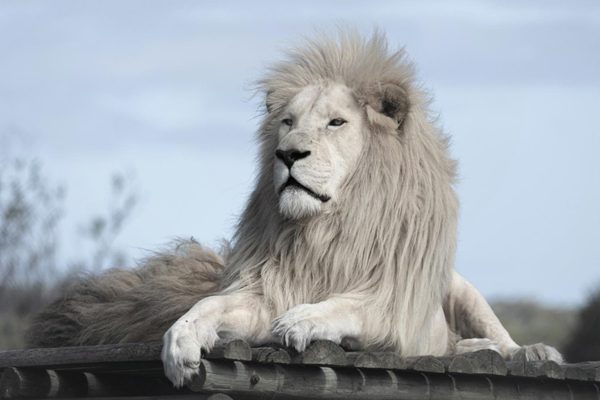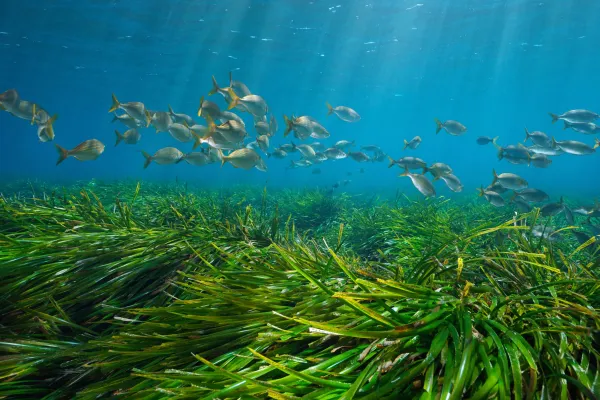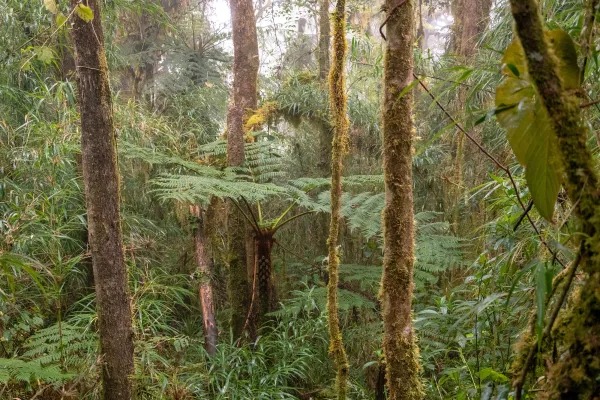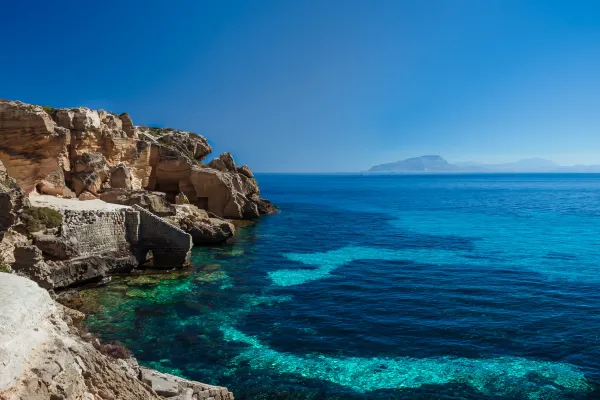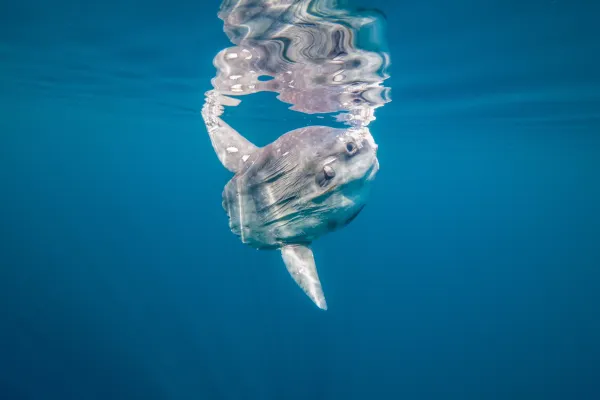Europe's ecological lungs: Forests
Forests are one of the most important and diverse ecosystems in Europe, covering around one-third of the continent's land area. These rich and diverse ecosystems support a wide range of plant and animal species, maintain the ecological balance, and provide numerous benefits to human communities. Europe is home to some of the world's largest and most diverse forests, each with its own unique ecological role and importance.
Not only are Europe's forests vast and endless, but they are also vital ecological lungs that play serious roles in maintaining the continent's ecological health. From ancient towering coniferous forests to transient woodlands. A home to countless flora and fauna and a critical habitat for endangered and endemic species.
Even Moreso, Europe's forests serve as carbon sinks that absorb carbon dioxide from the atmosphere and help mitigate climate change and also influence rainfall patterns and temperature. Deeply intertwined with fascinating European culture and history, shaping landscapes that have inspired folklore, art, and scientific inquiry for centuries.
1. The Black Forest
The Black Forest is a mountainous forest located in the southwestern region of Germany. The forest is famous for its dense evergreen trees, such as fir, spruce, and pine, and is also home to numerous lakes and streams.
It is a popular tourist destination, attracting visitors from around the world with its picturesque landscapes and traditional wooden houses. The forest is also home to several rare and endangered species, such as the lynx and the red deer.
2. The Taiga Forest
The Taiga, also known as the Boreal Forest, is the largest forest biome in the world, covering vast areas of Russia, Scandinavia, and Canada. The European part of the Taiga covers parts of Finland, Sweden, Norway, and Russia. The forest is dominated by coniferous trees, such as spruce, pine, and fir, and is home to a range of wildlife, including brown bears, lynx, and wolves.
The Taiga is also an essential carbon sink, helping to regulate the Earth's climate by sequestering carbon dioxide from the atmosphere. It is also crucial for its role in regulating the water cycle, acting as a water reservoir and source of freshwater for rivers and lakes.
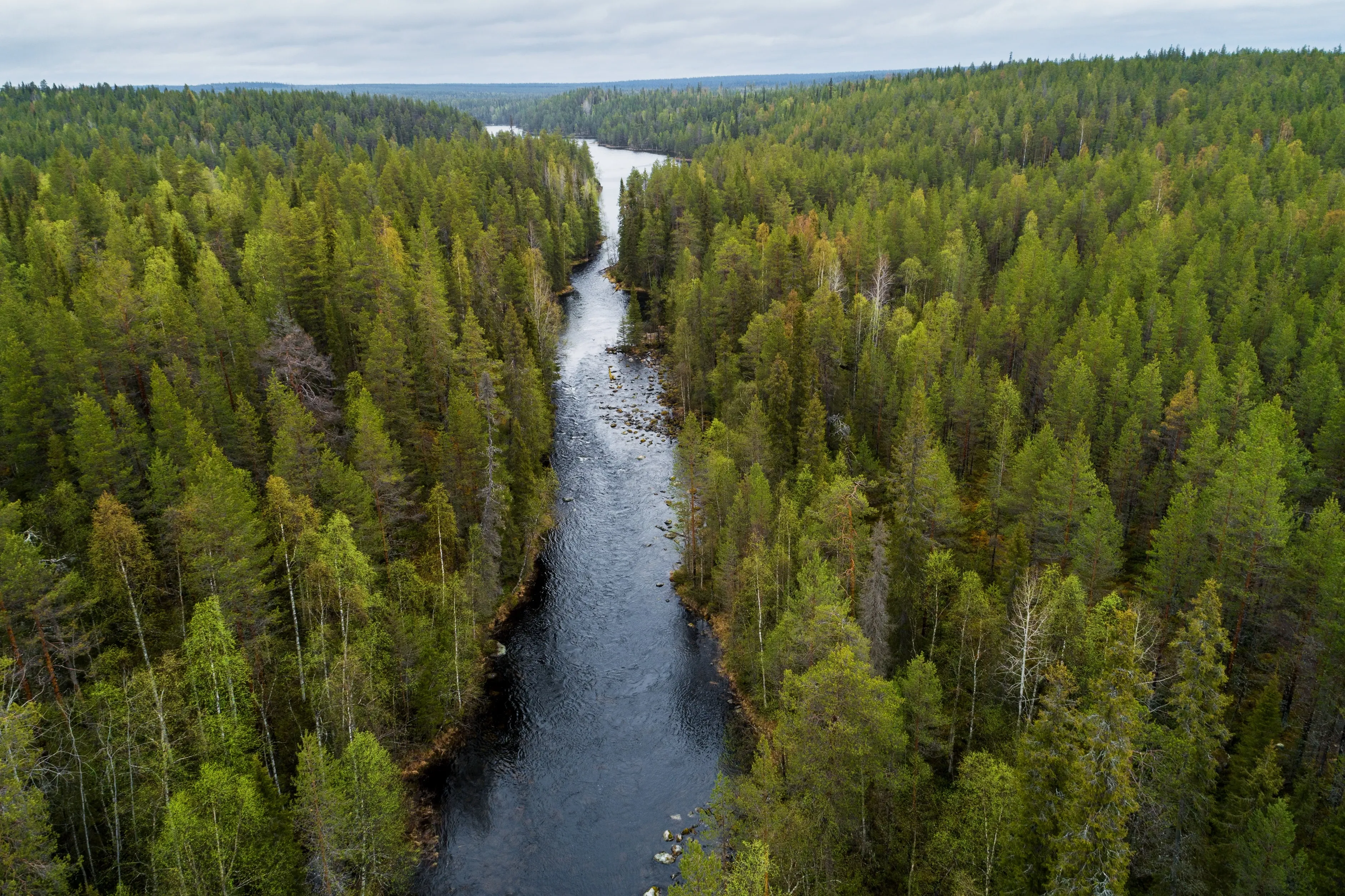
3. The temperate Broadleaf Forest
The temperate broadleaf forest, also known as the deciduous forest, is a biome that is found in Europe, North America, and East Asia.
The forest is characterised by its deciduous trees, such as oak, beech, and maple, which lose their leaves in the winter months. It is home to a wide range of wildlife, including deer, foxes, and birds. The forest is also home to several rare and endangered species, such as the European bison and the Iberian lynx.
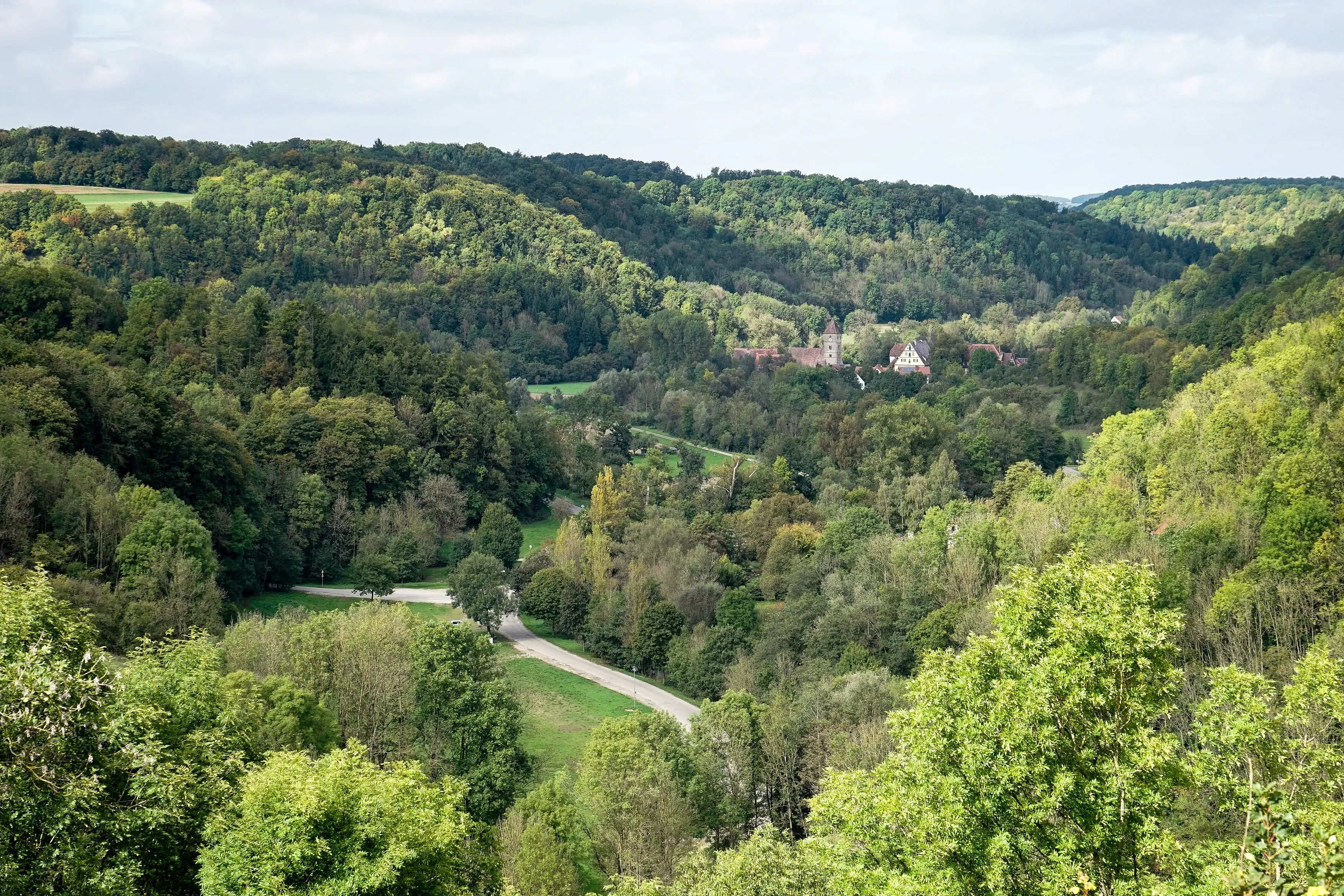
4. The Mediterranean Forest
The Mediterranean forest, also known as the Mediterranean scrub or maquis, is found in the Mediterranean Basin, covering parts of Spain, Italy, Greece, and North Africa.
The forest is characterised by its dense and evergreen shrubs, such as cypress and oak, and is adapted to the dry and hot climate of the region. An array of wildlife lives here, including wild boars, foxes, and birds of prey. The forest is also an important source of timber, cork, and medicinal plants.
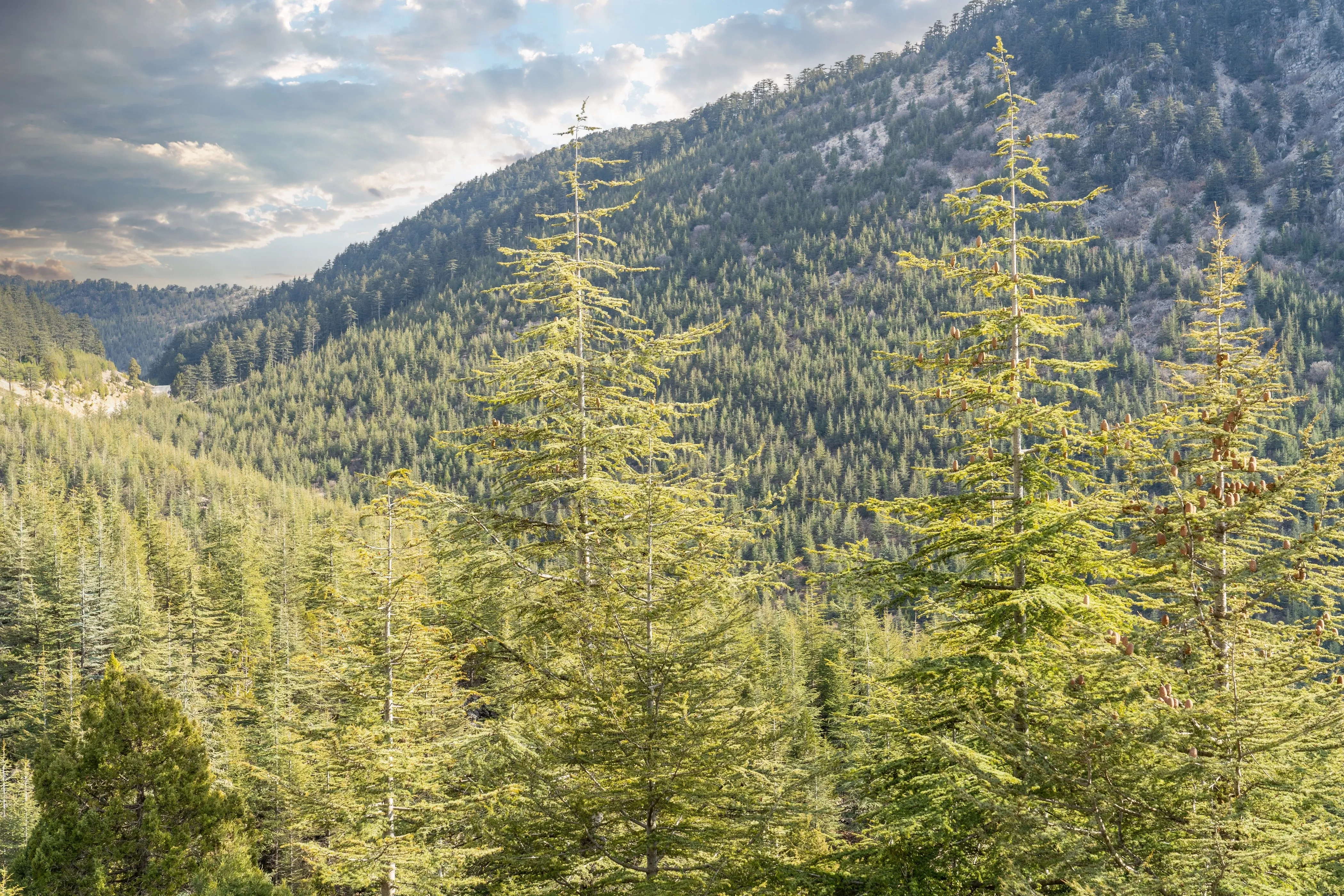
5. The Carpathian Forest
The Carpathian Forest is the largest mountain forest in Europe, covering parts of Romania, Ukraine, Poland, and Slovakia. The forest is home to a diverse range of tree species, such as spruce, beech, and fir, and is also home to several rare and endangered species, such as the Carpathian brown bear and the European bison.
It also plays an important ecological role in regulating the water cycle, acting as a source of freshwater for the region's rivers and streams. Additionally, the Carpathian forest is also an important source of timber and other forest products.
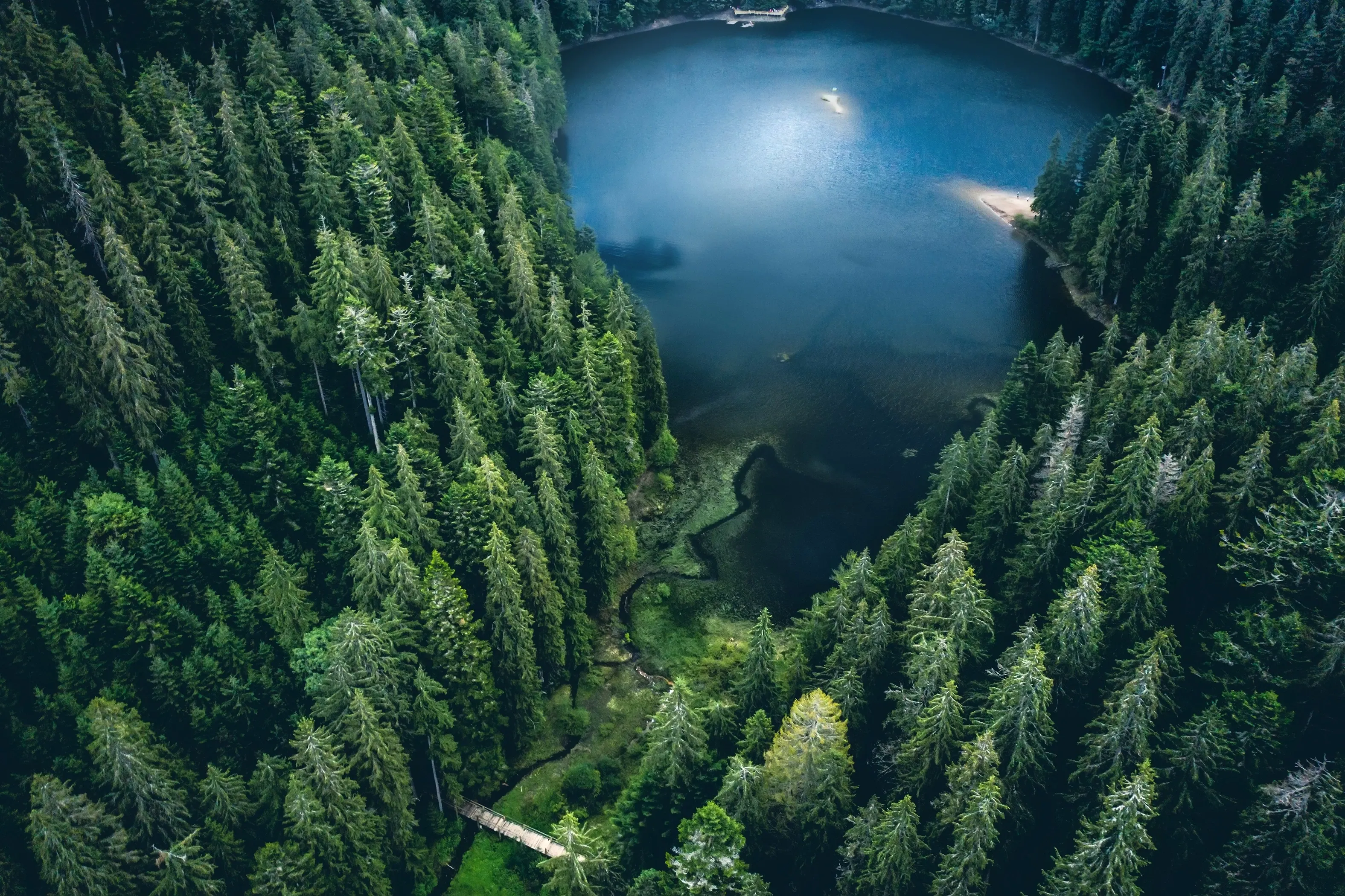
6. Cork Forest
The cork oak forests in Europe are concentrated in Portugal and Spain, covering an area of around 2 million hectares. The cork oak tree is an important ecological component of the Mediterranean ecosystem, providing a habitat for a range of plant and animal species, preventing soil erosion, and storing carbon dioxide.
One specific cork forest in Portugal is the Montado cork forest, which is located in the Alentejo region. The Montado forest covers just under 1 million hectares and is the largest cork oak forest in the world. The forest provides a habitat for a diverse range of wildlife, including endangered species such as the Iberian lynx and the Spanish imperial eagle.
The Montado cork forest also plays an essential role in preventing soil erosion and storing carbon dioxide, making it a critical ecological asset. Furthermore, the cork industry in the Montado forest provides employment opportunities for many people, contributing to the local economy.
Ecological importance of forests in Europe
Forests play a crucial role in maintaining the ecological balance of Europe. They are the largest carbon sinks on the continent, absorbing approximately 10% of Europe's total carbon emissions. Forests also regulate the water cycle by acting as water reservoirs, reducing soil erosion, and maintaining freshwater sources. The diversity of flora and fauna in the forests also provides important ecosystem services such as pollination, pest control, and nutrient cycling.
Forests are naturally home to numerous tree species, which in turn are essential building blocks for micro-ecosystems. The oak tree, for example, which is a common species in European forests, provides an essential habitat for over 400 insect species, as well as several bird and mammal species. Other tree species, such as the beech, which is a dominant species in several European forests, provide important ecosystem services such as soil conservation and carbon sequestration.
Challenges and threats
Despite their ecological importance, forests in Europe are facing several challenges and threats. Climate change is causing significant changes to the forest ecosystems, leading to altered precipitation patterns, increased forest fires, and changes in vegetation patterns. Human activities such as deforestation, land-use change, and industrial activities are also putting pressure on the forest ecosystems, leading to habitat loss, fragmentation, and soil erosion.
Invasive species such as the pine processionary moth and the Asian long-horned beetle are also becoming a significant threat to European forests, leading to ecological imbalances and a decline in biodiversity.
Sign up for the newsletter
By clicking on “Subscribe now” I will subscribe to the Conscious Explorer newsletter with all the information about mindful travel. Information on the success measurement included in the consent, the use of the shipping service provider MailChimp, logging of the registration and your rights of revocation can be found in our privacy policy.






